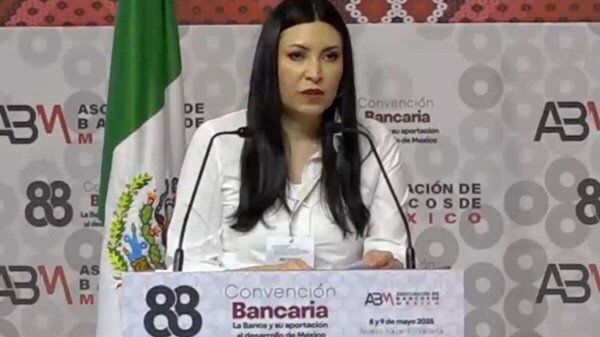Banks, as they grow, can achieve economies of scale that allow them to offer loans under better conditions to customers. However, competition remains important to ensure that customers can switch institutions if they wish. For example, in the United States, the concentration in the five largest banks is 52 percent, due to historical restrictions that limited the operation of banks at the state level.
In Latin America, countries like Brazil and Colombia show greater concentration, with the five largest banks representing 79 and 81 percent of the system, respectively. Despite competition among banks, they also compete with non-banking financial entities and other institutions, which lowers the concentration in financial services overall.
Regulation in the banking sector is strict, requiring high levels of capital and technology to ensure the stability and security of operations. In Mexico, the banking system is considered solvent and liquid, but its high concentration is criticized as a potential obstacle to competition. Compared to other countries, the concentration in Mexico of 69 percent in the five largest banks is not that high: in countries like Germany, Canada, or France, it exceeds this percentage.
It is important to work on increasing mobility among financial institutions, improving transparency, and promoting financial education to encourage greater competition in the banking system. Banking concentration is not necessarily an indicator of lack of competition, and with effective regulations, a competitive environment can be ensured for the benefit of consumers.














